
When people think of Spain, they picture palm trees and beaches. However, in the winter, there is snowfall in Spain. The most reliable snow settles in the Pyrenees and Sierra Nevada, with regular winter cover in the Central System near Madrid and occasional flurries in parts of the south.
Where snow is most dependable
- Pyrenees: Val d’Aran (Baqueira Beret), Sobrarbe (Ordesa/Pineta), Formigal-Panticosa
- Sierra Nevada (Granada): Spain’s longest mainstream season in many years
- Central System near Madrid: Sierra de Guadarrama (Rascafría, Cotos, Navacerrada), Sierra de Gredos
- Cantabrian Mountains: Picos de Europa
- Southern one-offs: Sierra de las Nieves (Málaga) after cold snaps
Best time to find snow in Spain
Peak months: January–February across the mountains.
- Early and late season: December and March can be excellent in the Pyrenees and Sierra Nevada when temperatures cooperate.
Best places to see snow in Spain
Sierra de Gredos, Ávila
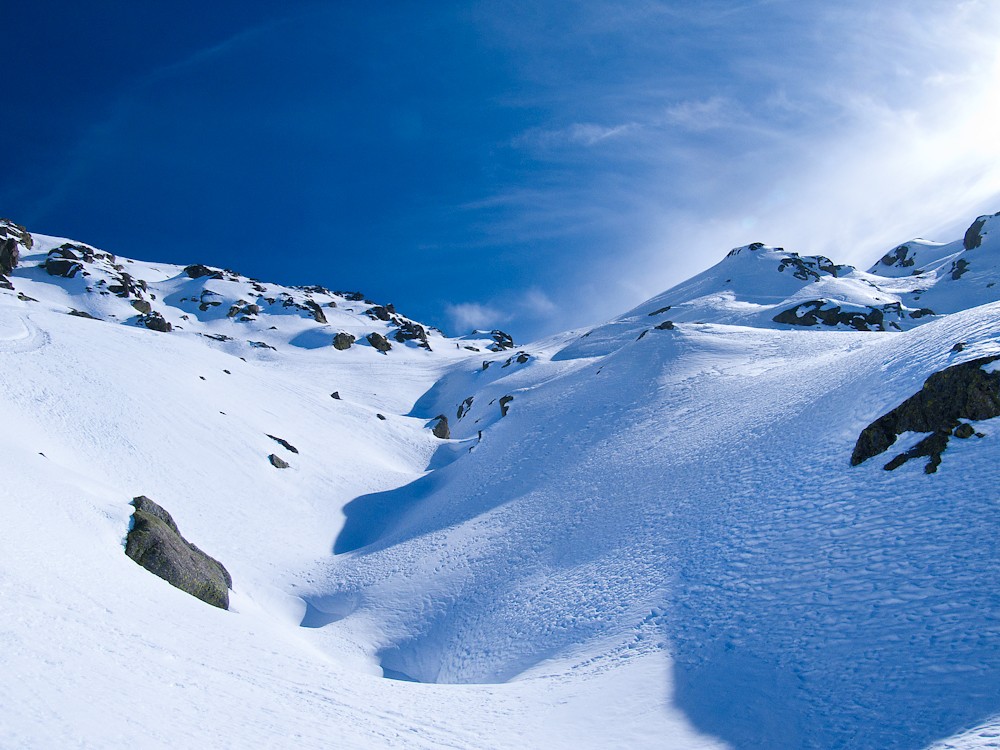
Gredos is classic Central System scenery. Picture wind‑swept passes, granite cirques and quiet stone hamlets. The walk to Laguna Grande de Gredos from the Plataforma car park becomes a wintry amphitheatre after snow, and Navarredonda de Gredos is a great spot to admire the snow-dusted stone houses.
It takes around 2.5–3 hours’ drive from Madrid. Parking is limited, and winter wardens sometimes manage access on busy days. Snow is most likely in January and February, but conditions swing about, so have a Plan B, like shorter trails around Hoyos del Espino.
Valle de Arán, Lleida
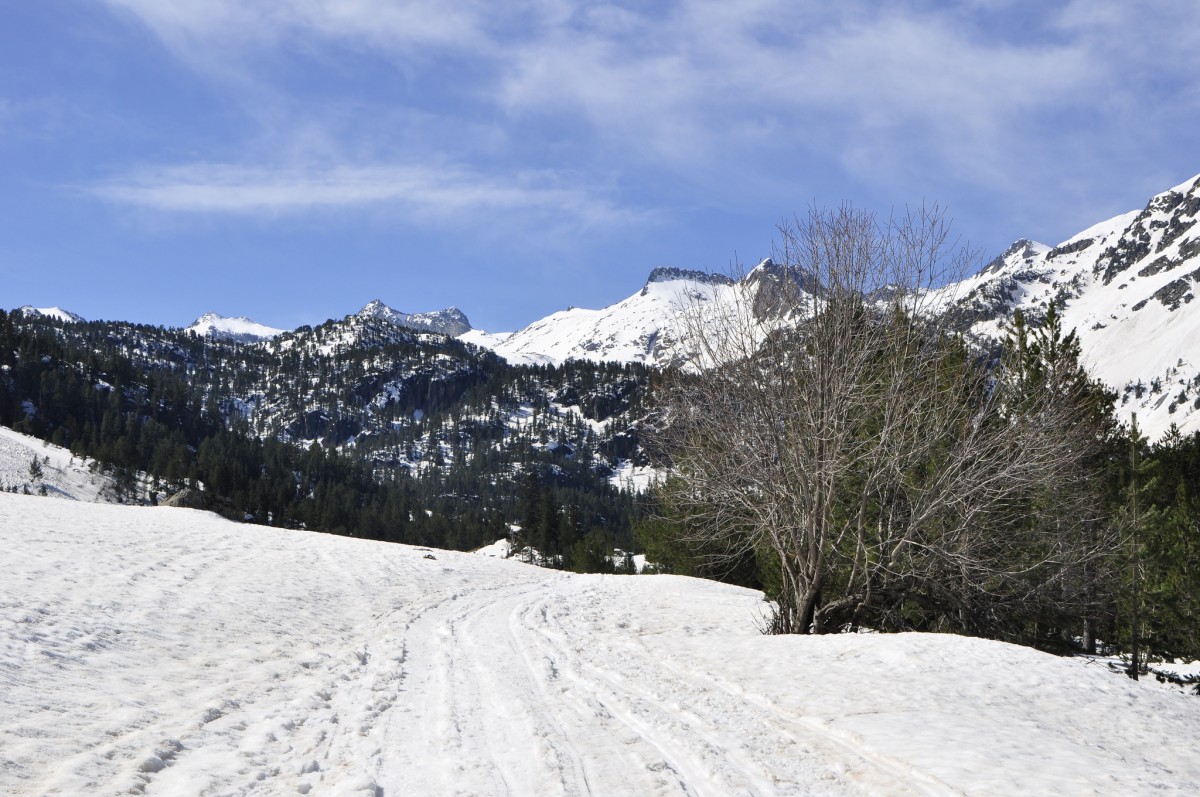
Val d’Aran, or Aran Valley, is the snow-sure corner of the Spanish Pyrenees, anchored by Baqueira Beret. Expect snow-capped ridgelines, long groomers, and proper winter vibes in Vielha and the surrounding stone villages. Go skiing at Baqueira, tackle the via ferrata (protected climbing routes), and explore the area’s rich Romanesque and Gothic architecture.
Non-skiers can go snowshoeing around Banhs de Tredòs, take easy valley walks when conditions allow, or relax in the local hot springs, Termas de la Baronia. Olla aranesa—a hearty local stew—hits the spot after a cold day.
Baqueira’s slopes run high, so the snow window is usually long. Nearest gateways are Toulouse (around 2 hours by car in good conditions) or Barcelona (about 3.5–4 hours). Off‑piste terrain has avalanche risk, so stick to marked routes or hire a guide.
Comarca del Sobrarbe, Huesca
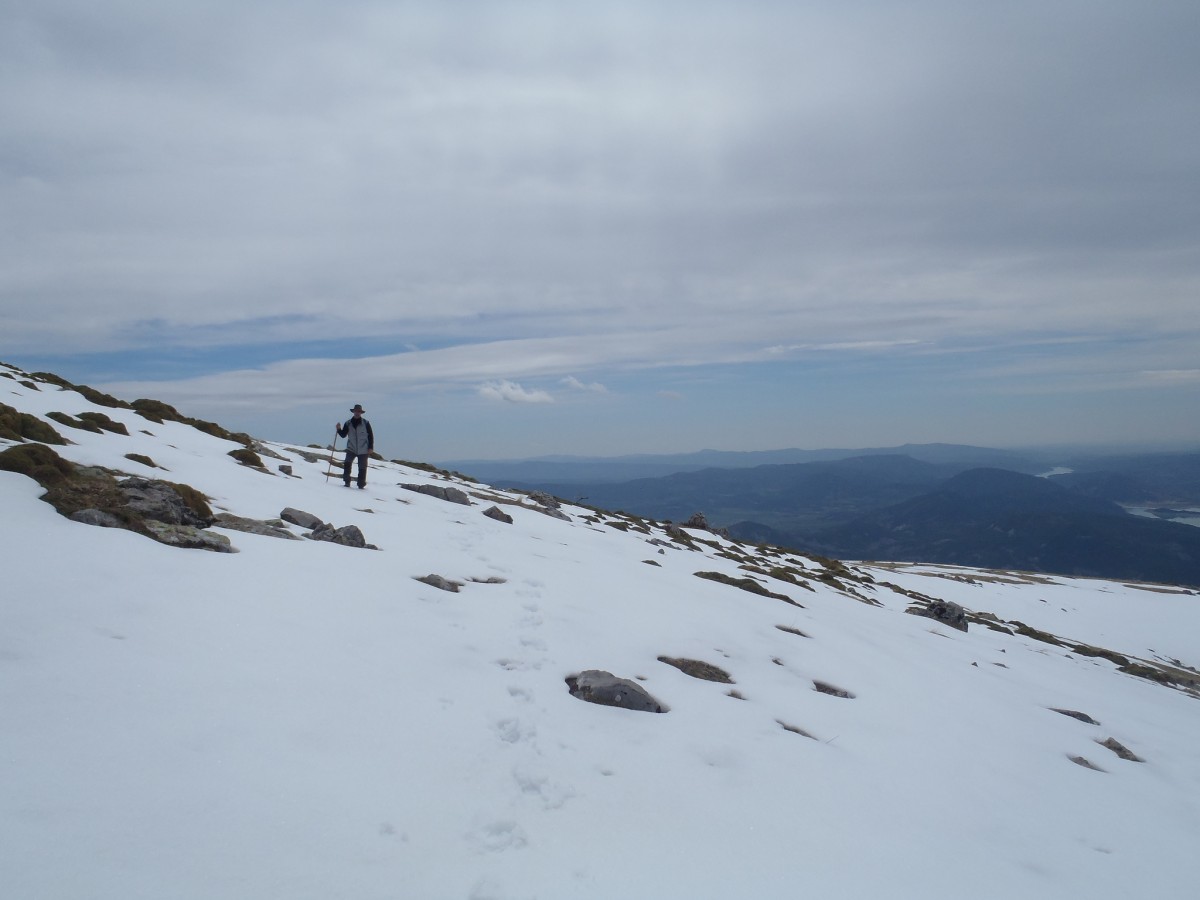
Sobrarbe, located in the region of Aragón, delivers big Pyrenean drama without the crowds. Highlights include Ordesa and Monte Perdido National Park, the glacial bowl of Pineta, and Aínsa, one of the most beautiful Medieval towns in Spain. You'll find some photogenic snow-capped peaks, such as Monte Perdido, during your explorations.
The region is normally associated with hiking, but after snowfall, local outfits organise guided snowshoe outings. Or, you can go it alone, along signed valley paths when safe.
Sierra de las Nieves, Malaga
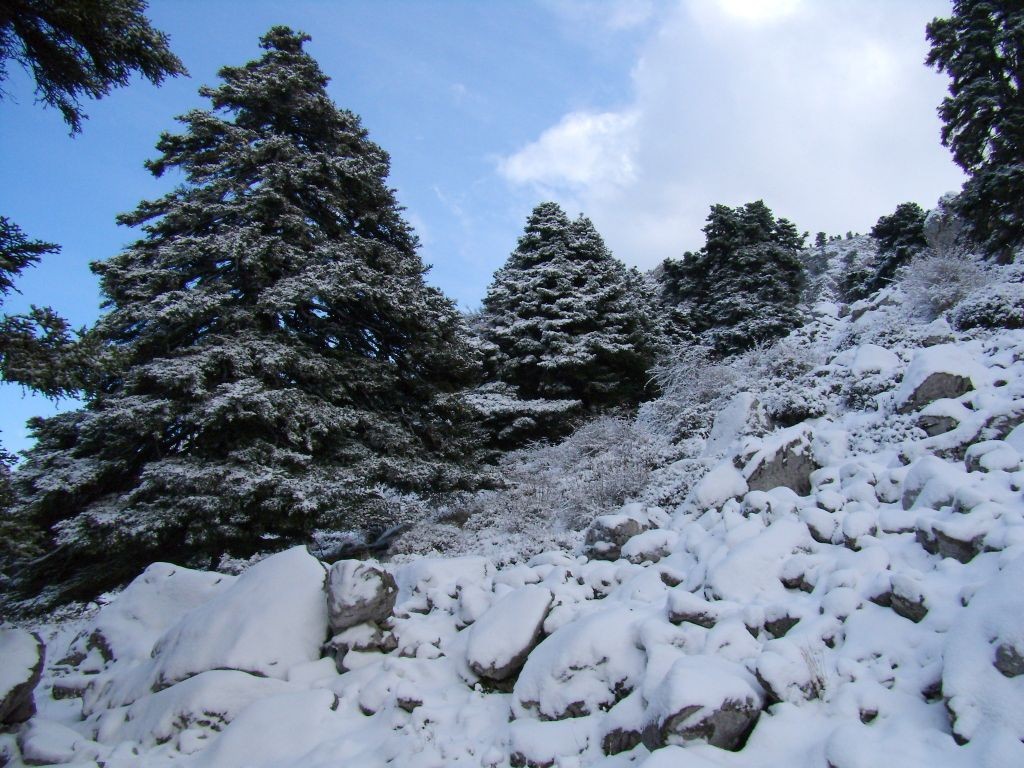
Málaga’s backcountry wears its name well on the coldest days, with Sierra de las Nieves declared a UNESCO Biosphere Reserve. Snow here is occasional and short‑lived, but when a front sweeps through, the Spanish fir forests look otherworldly. Between snowfalls, the karst scenery and quiet tracks are reward enough, with Yunquera and Tolox the usual jumping‑off points.
After heavy rain or snow, tracks can be muddy or rutted, so sturdy footwear is a must, and some routes suit a 4×4. Pair a crisp morning in the park with time in Ronda’s clifftop old town if you fancy a culture hit.
Rascafría, Madrid
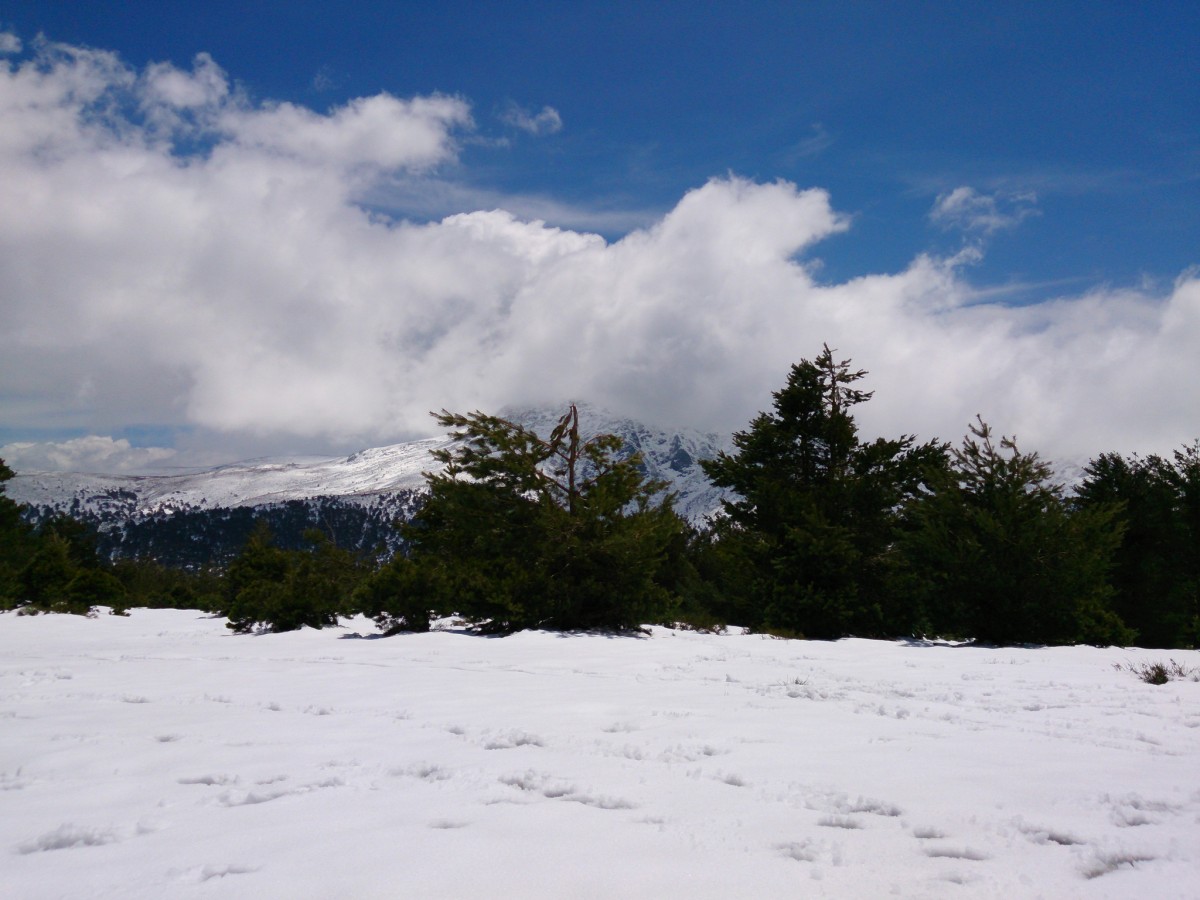
An easy winter fix for Madrid folk. Rascafría has riverside paths, old stone bridges and the Monasterio de El Paular for a warm cultural breather. It's often likened to a little piece of Switzerland in the Community of Madrid. The Cascada del Purgatorio walk is a gentle family option, though the last stretch can ice over. Nearby, Puerto de Cotos serves as a trailhead and the small Valdesquí ski area when snow permits.
Buses run from Madrid’s Plaza de Castilla to Rascafría. Weekend parking at Cotos/Navacerrada fills by mid‑morning after fresh snow.
Picos de Europa, Asturias/Cantabria/León

A rugged limestone massif that feels properly wild in winter. When conditions settle, valley walks near Fuente Dé or around Cangas de Onís are scenic, with snow‑capped walls towering overhead. High routes often need winter skills or a guide, and mountain weather turns quickly here.
Roads and the Fuente Dé cable car can close in storms, so check on the day and pivot to lower trails if needed. Base yourself in small towns with year‑round services to keep logistics simple, and make sure to visit Sotres, the highest village in Asturias.
Stay in the know about visiting Spain—get our weekly newsletter for the latest travel, legal, and lifestyle news.
